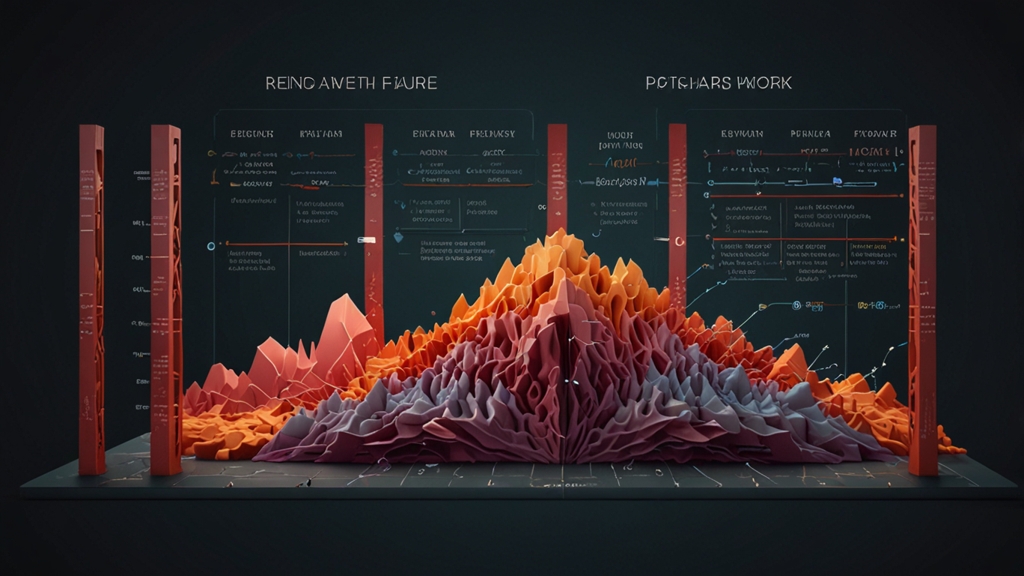Introduction
The Cold War, a prolonged period of geopolitical tension between the United States and the Soviet Union, shaped global politics and defined nations in ways that continue to resonate. This ideological clash between capitalism and communism led to numerous pivotal moments that fundamentally altered the course of history. These moments not only influenced the domestic policies of the superpowers but also reshaped the world order.
The Iron Curtain and the Division of Europe
One of the earliest and most significant milestones was the establishment of the Iron Curtain, a term popularized by Winston Churchill in his 1946 speech. This metaphorical barrier symbolized the ideological divide between Western Europe, influenced by democratic principles and capitalism, and Eastern Europe, dominated by Soviet communism. The division of Germany and the subsequent Berlin Blockade, countered by the Berlin Airlift of 1948-1949, showcased the stark contrast between the two blocs.
"From Stettin in the Baltic to Trieste in the Adriatic, an iron curtain has descended across the Continent." - Winston Churchill
The Arms Race and Nuclear Deterrence
The Cold War era also saw a frenzied arms race, where the United States and the Soviet Union vied for nuclear supremacy. The Cuban Missile Crisis of 1962 marked the zenith of this rivalry. When American reconnaissance revealed Soviet missiles in Cuba, it led to a 13-day standoff that brought the world to the brink of nuclear war. The crisis was eventually defused through diplomatic negotiations, cementing the concept of Mutually Assured Destruction (MAD) as a deterrent against nuclear conflict.
"We're eyeball to eyeball, and I think the other fellow just blinked." - Dean Rusk, U.S. Secretary of State, on the resolution of the Cuban Missile Crisis
Proxy Wars and Global Influence
Beyond direct confrontations, the superpowers engaged in numerous proxy wars, using other nations as battlegrounds to extend their influence. The Korean War (1950-1953) and the Vietnam War (1955-1975) are prime examples where both sides heavily invested in military and economic resources to prevent the spread or support of communism. These conflicts devastated the local populations and had lasting impacts on regional stability.
Another notable proxy conflict was the Soviet-Afghan War (1979-1989). The United States, through the CIA's Operation Cyclone, provided significant support to Afghan mujahideen fighters. This intervention not only drained Soviet resources but also played a role in the eventual dissolution of the Soviet Union.
The Space Race and Technological Advancements
In addition to military confrontations, the Cold War rivalry extended into space. The launch of Sputnik by the Soviet Union in 1957 marked the beginning of the Space Race, pushing the United States to achieve a series of monumental milestones, including the Apollo 11 moon landing in 1969. These achievements were not just about space exploration but also about demonstrating technological and ideological superiority.
"That's one small step for man, one giant leap for mankind." - Neil Armstrong, the first human to walk on the moon
The Fall of the Berlin Wall and the End of the Cold War
The Cold War began to wind down in the late 1980s, symbolized by the fall of the Berlin Wall on November 9, 1989. This event marked not just the reunification of Germany but also the collapse of communist regimes across Eastern Europe. The dissolution of the Soviet Union in 1991 effectively ended the Cold War, resulting in a unipolar world dominated by the United States.
Conclusion
Cold War rivalries and their pivotal moments have indelibly defined nations, shaped alliances, and influenced international relations. From the ideological battle lines drawn by the Iron Curtain to the technological triumphs of the Space Race, these events have left a lasting legacy. Understanding these key moments provides insight into the modern geopolitical landscape and the enduring impact of a period characterized by intense rivalry and profound change.







